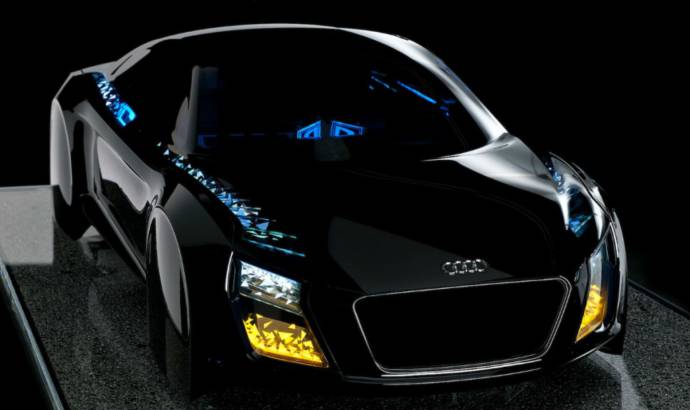Audi is now building on its lead in the domain of lighting technology with a world first: The Audi Matrix LED headlights will make their debut on the new A8, which is appearing on the market at the end of 2013. Audi, the technology leader in this field, is thus opening a new chapter in automotive lighting technology.
Audi Matrix LED technology splits up the LED high-beam headlights into numerous individual, small diodes working in conjunction with lenses or reflectors connected in series. Managed by a responsive control unit, they are activated and deactivated or dimmed individually according to the situation. This means they always supply high-precision illumination and achieve the maximum possible light yield without needing a pivoting mechanism.
In the new Audi A8, each headlight comprises 25 high-beam light-emitting diodes, arranged in groups of five per reflector. When the light switch is set to "automatic" and the high-beam headlights are on, the system is activated from 30 km/h (18.64 mph) on highways and from 60 km/h (37.28 mph) on city streets. The Audi Matrix LED headlights produce a quality of light with a special crystalline sheen. By day, too, they have a very attractive and distinctive look, which is reinforced by the new appearance of the daytime running lights.
As soon the camera in the A8 detects oncoming vehicles, the Audi Matrix LED headlights dip the relevant sections of the high-beam headlights. The system operates with such precision that it blanks out light that would shine directly onto oncoming and preceding vehicles, but continues to cast the high beams with full power on all other zones between and beside them. The closer an approaching vehicle gets, the more LEDs are deactivated or dimmed. When there is no more oncoming traffic, the high-beam headlights then resume full power, including the sections that had previously been off. The light that the driver sees is always bright, homogeneous and much more effective than that produced by competitors’ mechanical dipping systems.



